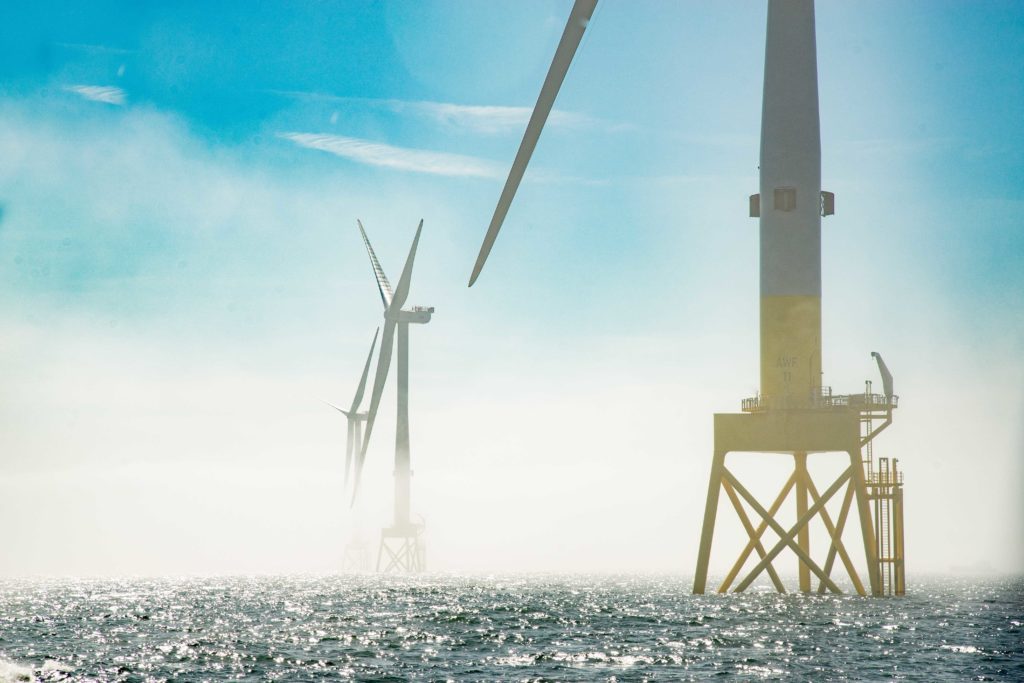
Renewable energy is forming a central role as a “mainstream power source for homes, offices and factories”, according to new UK Government data.
The newly gathered government statistics show that 29.3% of UK energy generation came from renewable energy in 2017, with offshore wind accounting for just under half of that number (14.8%).
Today’s figure is an increase from the 2016 renewables generation figure of 24.5%.
The study also confirms that the carbon intensity of the UK’s power supply has fallen to record low levels.
On average, a kilowatt hour of electricity generated last year produced 225 grams of C02, down from 483g in 2012.
According to the report, this reduction has been driven by a huge reduction in our use of coal and the rapid growth of zero carbon renewables.
Emma Pinchbeck, RenewableUK executive director, said: “Today’s record figures demonstrate how fast renewable energy is transforming the way we generate power to create an energy system fit for the future. This is a radical shift, and we will see ever more low-cost renewables meeting flexible demand from homes, electric vehicles and new manufacturing processes and industries.”
“It’s great to see that the UK’s cheapest power source, onshore wind, is making such a significant contribution to the nation’s power needs. So it’s baffling that Government is still excluding new onshore wind projects from the marketplace.
“Opinion polls show that two-thirds of people think Ministers should change their current policy and allow onshore wind to go ahead where it has local support, and most Conservative voters agree with them.”
The contribution of onshore wind grew by 39% in 2017, while offshore wind grew by 27%.
The Department for Business, Energy and Industrial Strategy (BEIS), which published the figures, said this was due to increases in capacity, greater load factors and higher wind speeds.
Scotland hit a record year in 2017 with the country seeing 68.1% of gross electricity consumption met by renewables.
The increase in generation increased by 26% on 2016 and 14% on the last best previous year on record, 2015.
Recommended for you
